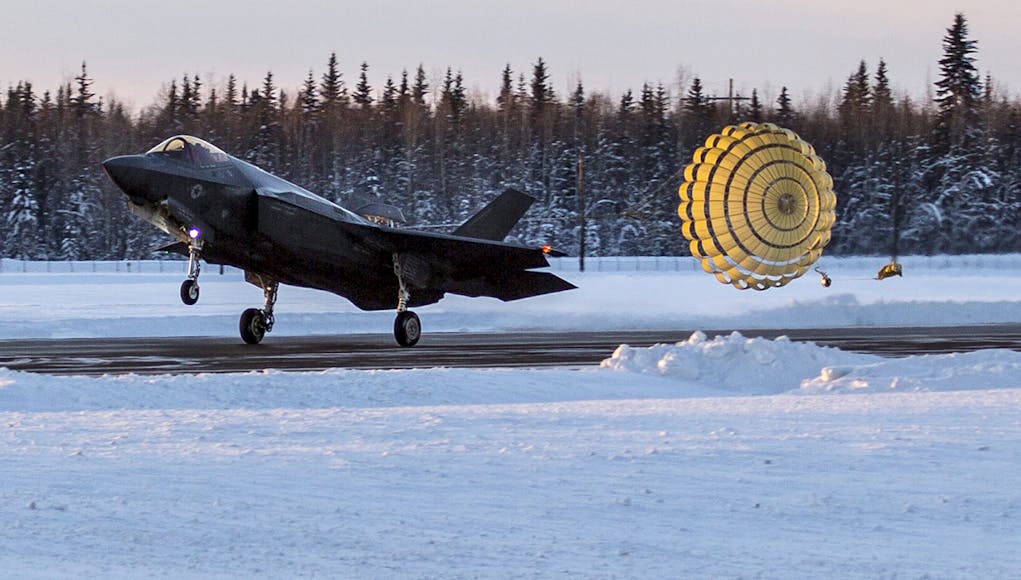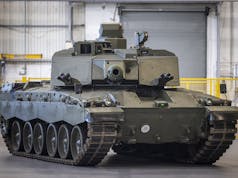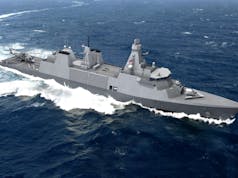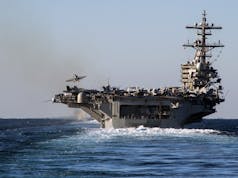Using a parachute to safely bring personnel, cargo or equipment to the ground is one thing. Using those same basic aerodynamic drag principles to bring a stealthy fighter jet to a halt is another.
The following was provided to us from Lockheed Martin and is part of a series explaining how various pieces of technology work, imagery and text is courtesy of Lockheed Martin.
A team of engineers from Lockheed Martin and the U.S. and Norwegian government joined forces to develop the critical drag chute capability for the Royal Norwegian Air Force (RNoAF) and now the Royal Danish Air Force, Royal Netherlands Air Force and The Belgian Air Component’s F-35As.
The drag chute enables operators to safely and effectively land the aircraft on short, icy runways.
Let’s take a closer look at the F-35A drag chute system.
With the exception of serial numbers and other surface markings, one F-35A tends to look like the next F-35A. However, a small, aerodynamic pod housed on the upper surface between the canted vertical stabilisers distinguishes Norwegian, Danish, Dutch and Belgian F-35As from other F-35s.
The system is designed as a wing pylon so that the pod can be installed and removed with minimal time and effort. The pod contains the drag chute system that rapidly decelerates the F-35s after landing on the country’s short, icy runways.
The pod is specifically designed to minimise effect on radar cross section and ensure the aircraft maintains stealth characteristics while flying.
Akin to the conventional parachute, the F-35 drag chute system is a device used to slow the motion of the F-35A and provide control and stability for pilots. The chute creates aerodynamic drag also known as air resistance. The F-35A drag chute uses the force of wind pushing in the opposite direction of the motion of the aircraft to safely land on short, wet and icy runways.
To deploy the chute, the pilot flips a switch up on the upper left side of the instrument panel.
The switch activates hydraulic actuators that open the pod to release a Kevlar parachute. Once the aircraft is slowed sufficiently, the pilot flips the same switch down to release the drag chute as the aircraft comes to a stop.
Thank you to Lockheed Martin for sending this to us, we hope our readers enjoy it.








And of course you need the button and pay Norway for it, here https://www.tu.no/artikler/denne-bryteren-finnes-kun-i-norske-f-35-fly/365894 you can see the button it’s the one to the right the left one is in the F-16.
Thank you for sharing. Interesting photos. Norwegian is a strange language. Unfortunately I can only speak one language.
US Air Force is considering halfing its order for F-35A and replacing it with a cheaper clean sheet 4.5 gen or 5 minus aircraft to replace the obsolete F-16.
They are looking for something with the combat performance of a 4.5 gen aircraft like the Eurofighter or Gripen, the computing performance of a 5th gen aircraft but without the expensive stealth characteristics.
US Air Force eyes budget-conscious, clean-sheet fighter jet to replace the F-16 (defensenews.com)